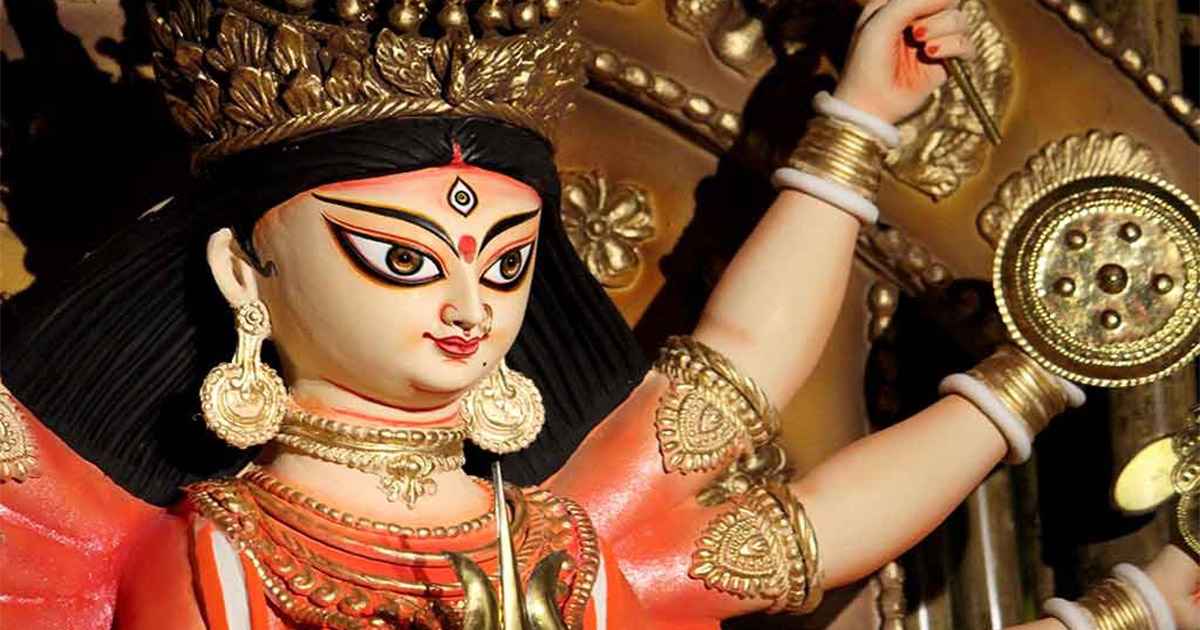While Durga Puja is one of the most important festivals of West Bengal, India, it is widely observed across the country and in major cities of the world by the Bengali diaspora. Over the years, the Indian city of Kolkata has emerged as the geographical and cultural heart of the national and global celebrations of the festival. The Representative List of the Intangible Cultural Heritage of Humanity currently has 492 elements. It includes forms of expression that testify to the diversity of intangible heritage and raises awareness of its importance. By enhancing the visibility of communities’ cultural practices and know-how, UNESCO aims to safeguard the intangible cultural heritage of communities globally.
Durga Puja in Kolkata
The 2003 UNESCO Convention for the Safeguarding of the Intangible Cultural Heritage promotes the protection of knowledge and skills necessary for traditional artisanship and cultural practices transmitted from generation to generation, such as oral traditions, performing arts, social practices, rituals and festive events, and knowledge and practices concerning nature and the universe.
Intangible Cultural Heritage
Durga Puja is an annual festival celebrated in September or October, most notably in Kolkata, in West Bengal of India, but also in other parts of India and amongst the Bengali diaspora. It marks the ten-day worship of the Hindu mother goddess Durga. In the months preceding the festival, small artisanal workshops sculpt images of Durga and her family using unfired clay pulled from the Ganga River. The worship of the goddess then begins on the inaugural day of Mahalaya, when eyes are painted onto the clay images to bring the goddess to life. It ends on the tenth day, when the images are immersed in the river from where the clay came. Thus, the festival has also come to signify ‘home-coming’ or a seasonal return to one’s roots. Durga Puja is seen as the best instance of the public performance of religion and art, and as a thriving ground for collaborative artists and designers. The festival is characterised by large-scale installations and pavilions in urban areas, as well as by traditional Bengali drumming and veneration of the goddess. During the event, the divides of class, religion and ethnicities collapse as crowds of spectators walk around to admire the installation.

